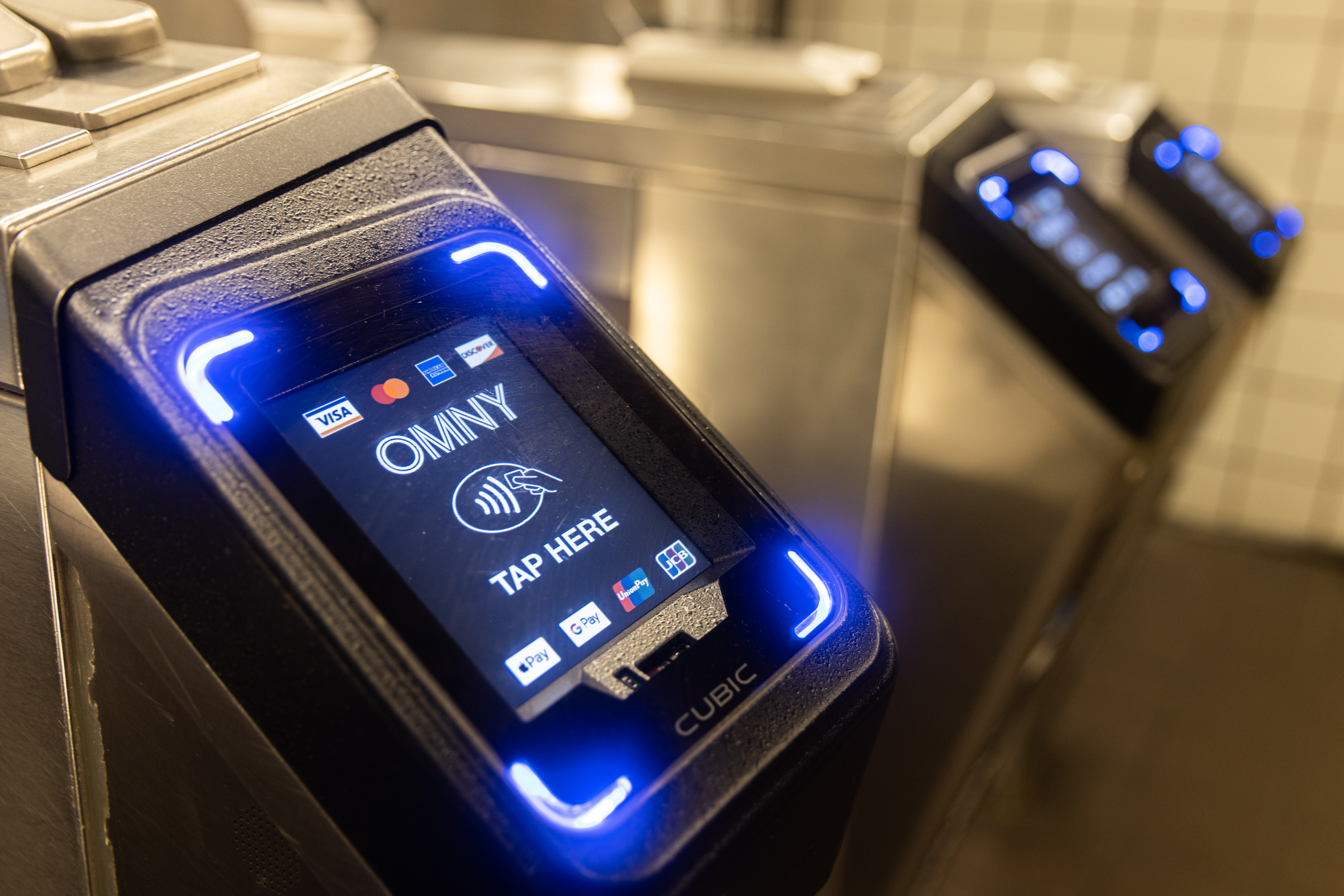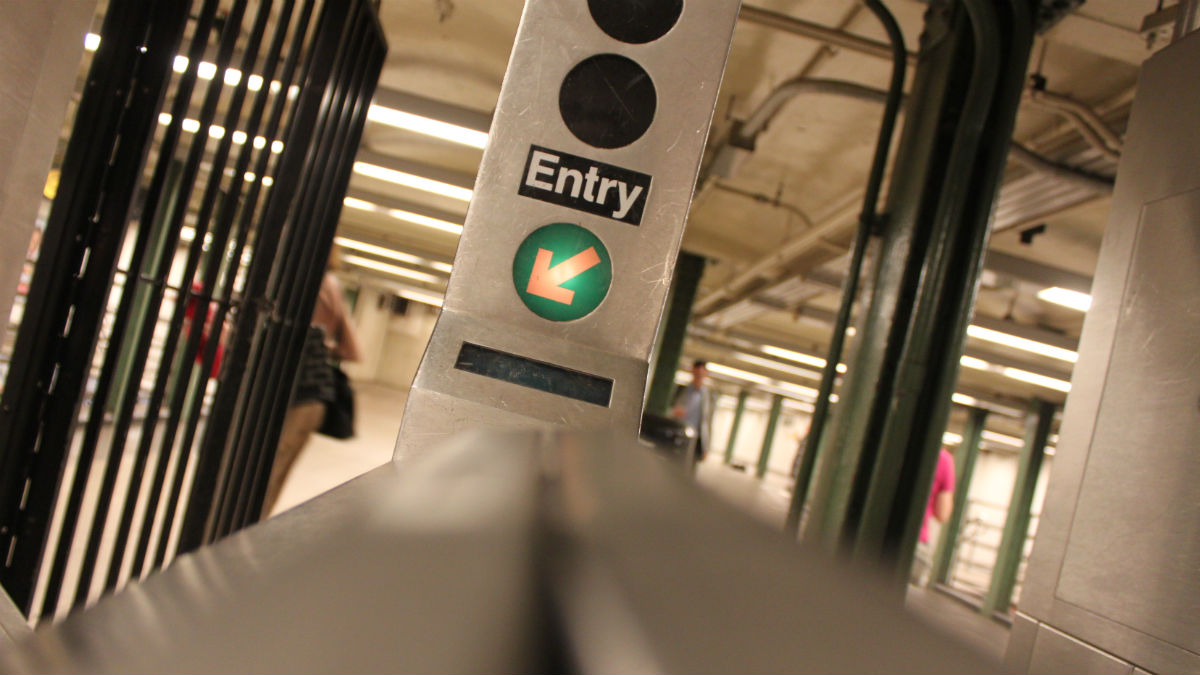An MTA fare hike may soon be unavoidable, as the transit agency detailed the financial dire straits they find themselves in as a result of the pandemic.
On Wednesday, top transit officials showed MTA board members just how bad the situation was in regards to their deficits — billion-dollar deficits, that is. And it is expected to grow even larger, approaching $3 billion by 2026, according to MTA Chief Financial Officer Kevin Willens.
The reason for the crisis? Ridership still hasn't fully returned to pre-pandemic levels, sitting at only two-thirds of what it was in 2019.
Get Tri-state area news and weather forecasts to your inbox. Sign up for NBC New York newsletters.
The office of New York State Comptroller Thomas DiNapoli crunched the numbers and wants to know how the MTA plans to save money and fund operations while trying to reduce the major budget gaps driven by pandemic. COVID-19 brought dramatic and extended reductions in ridership, from which the agency is still recovering.
The MTA got a $15 billion federal bailout, but already spent two-thirds of that to stay afloat.
"That federal relief is not forever. Some of it is in the form of a loan that has to be paid back. And ridership has not come back," DiNapoli said.
He also warned that with government funding running out, and ridership still sagging, severe service cuts and fare hikes could be coming in the future.
"The reason New Yorkers have to be concerned is how do you fill the gap. Cutting back on service?" DiNapoli said.
In response to the damning report from the comptroller's office, the MTA said in part that they are "committed maintaining robust service for our riders, and this report underscores that solving post-pandemic budget gaps with fare increases and service cuts alone is not an attractive option."
As for how to save costs, MTA Chairman Janno Lieber ruled out one of the methods DiNapoli mentioned.
"Any cuts to service, God forbid, is last resort," he said.
That leaves increasing fares, an idea that is very unpopular with riders.
"It shouldn’t even be the fare it is now. They want more money but we are not getting the service that we need! It’s just out of control," said rider Peggy Banks.
The new state audit revealed that before the pandemic, subway and bus fare accounted for 42 percent of MTA revenue. Now, it's just 24 percent — which has helped lead to the $1.6 billion deficit.
The state comptroller said it would take a fare hike of 28 percent to ease the MTA's financial pain. An increase of that amount would raise the price of a ride from $2.75 to $3.50.
Lieber meanwhile has recommended a much more modest 5 percent fare hike, which would be about 15 cents more than riders pay now. He also said the fiscal cliff can be averted if federal state and local governments kick in more cash — to the tune of hundreds of millions of dollars.
"And if they also want to provide an answer that makes the fare hike unnecessary, we are all ears," Lieber said.
So what happens next? The MTA board will vote on the plan in December. If they approve a fare hike, Gov. Kathy Hochul can still cancel it if she comes up with alternative funding.



